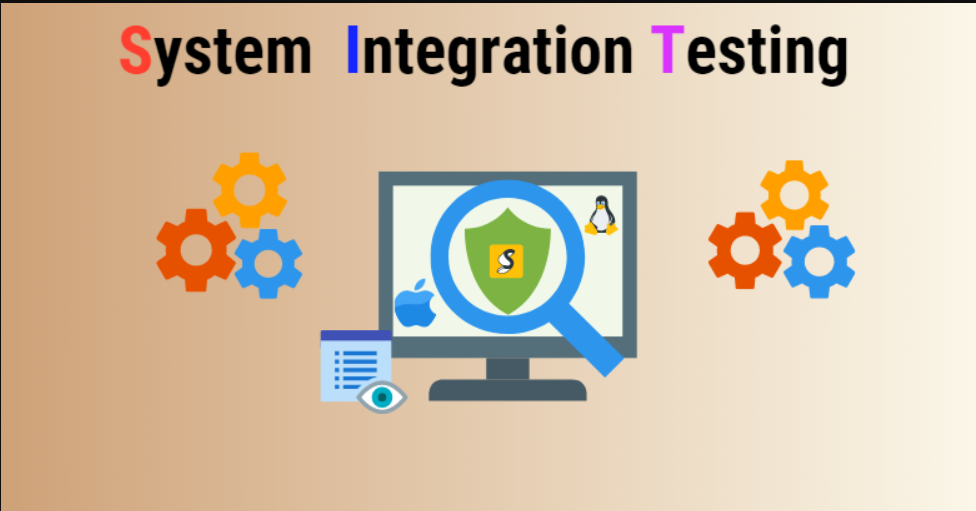All about System Integration Testing in software testing
Introduction
Ever wondered how your favorite apps or software work so smoothly?
Well, there's a behind-the-scenes hero called System Integration Testing (SIT) that makes sure all the different parts of a software interract to each other seamlessly.
In this Article we'll explore What is SIT, Why we need it, it's disadvantages and many more...
Excited Right? Me too!
So,Without delaying further Let's dive deep into the Topic
What is System Integration Testing(SIT)?

Before we move further, Let's understand what is SIT!
So, System Integration Testing (SIT) is a software testing technique that evaluates how individual modules within a larger system interact seamlessly and functionally.
It's typically performed in the conclusion of the software development cycle.
SIT includes black box, smoke, and regression testing to identify issues caused by integrating new components or changes to existing ones
Why SIT?
So, Now we know what is System Integration Testing in software testing, But why do we actually need it?Let's explore that!
Here are some advantages of using SIT:
Seamless Integration: Ensures different software components work smoothly together.
Early Issue Identification: Detects and resolves integration problems in the early stages of development.
Cost-Effective: Reduces overall development costs by addressing issues before they escalate.
Optimized Performance: Ensures the integrated system performs efficiently.
Interoperability Validation: Validates compatibility with external systems and services.
Enhanced User Experience: Identifies and resolves issues impacting the user experience.
Risk Mitigation: Reduces risks associated with component integration.
Foundation for Subsequent Testing: Prepares the system for further testing phases.
Prevent System Failures: Averts unexpected behavior or failures during deployment.
Disadvantages:
Inspite of having so many advantages. it has some disadvantages too,that we must consider while using it.
Cost: SIT can be expensive and laborious due to the complexity of the systems and the need for specialized equipment and personnel.
Resource Consumption: SIT consumes significant resources, including humans, time, hardware, and software, which can be challenging when managing multiple systems simultaneously.
Risk of Data Loss: Integration tests may lead to data loss if not conducted correctly or if one of the tested systems contains a fault.
Difficulty in Troubleshooting: Identifying the exact cause of a problem during SIT can be challenging due to its potential connection with multiple systems or components.
System Testing Vs System Integration Testing:
System Testing | System Integration Testing |
|---|---|
Examines the entire software system | Focuses on component interactions |
Conducted after System Integration Testing | Precedes System Testing |
Verifies if the system meets requirements and functions as intended | Ensures seamless collaboration of integrated components |
Higher level of testing | Intermediate level of testing |
Includes functional, non-functional, and performance testing | Encompasses black box, smoke, and regression testing |
Assumes individual components are already tested and integrated | Requires successful Unit Testing completion for integration |
Emphasizes end-to-end scenarios and user workflows | Concentrates on relationships and interfaces between components |
Identifies defects related to overall system functionality | Focuses on detecting issues from component integration |
Typically conducted in a production-like environment | Requires a controlled environment for integrated component testing |
Conclusion
If you found this blog post helpful, please consider sharing it with others who might benefit. You can also follow me for more content on Javascript, React, and other web development topics.




Comments
Post a Comment